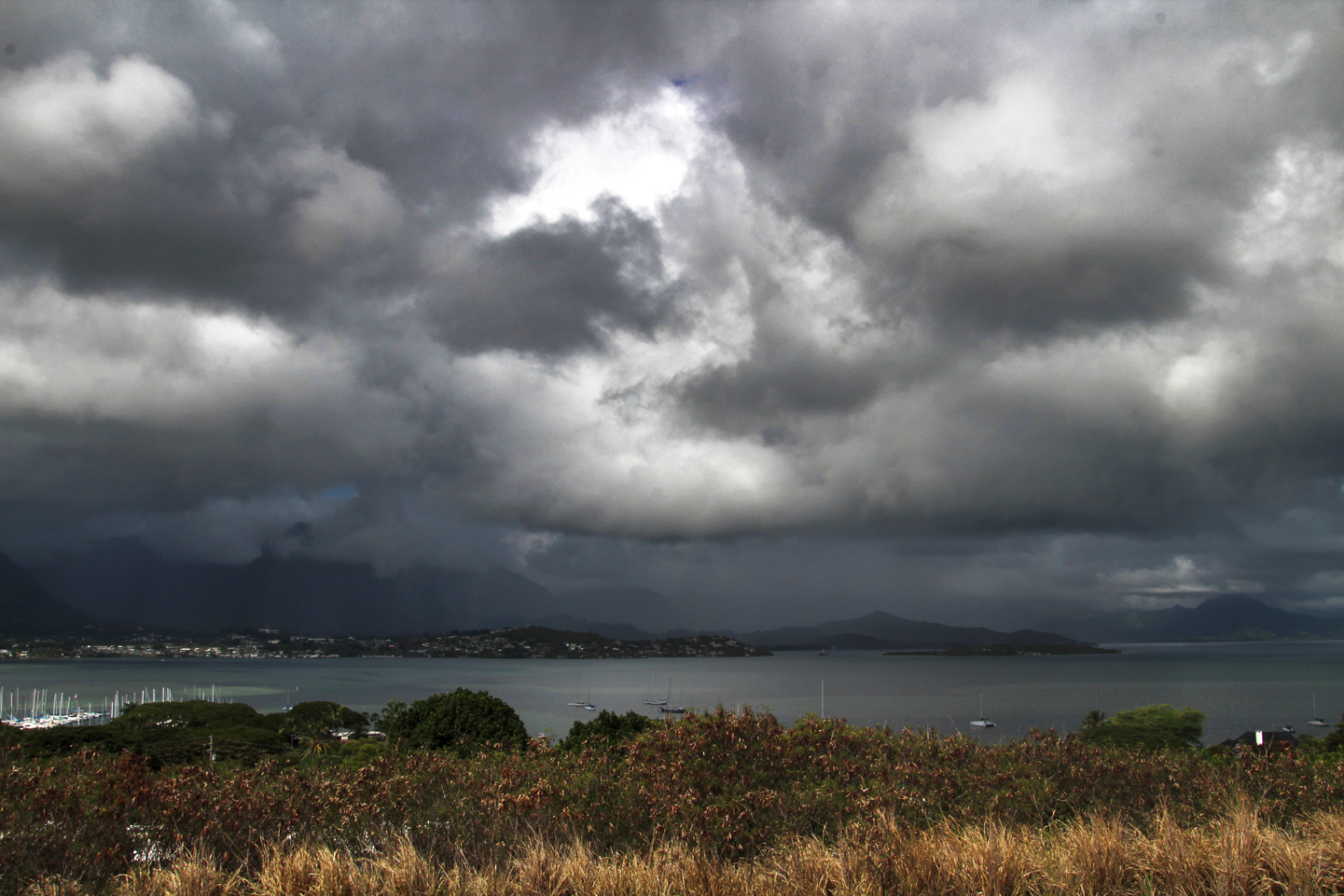12 October, 2017

aneohe Bay. Gillagan’s Island is on the right.
 The Crouching Lion. It’s become a popular hike recently with views of Kahana Bay.
The Crouching Lion. It’s become a popular hike recently with views of Kahana Bay.
aneohe Bay. Gillagan’s Island is on the right.
 The Crouching Lion. It’s become a popular hike recently with views of Kahana Bay.
The Crouching Lion. It’s become a popular hike recently with views of Kahana Bay.